Launching a campaign is just the start, but turning it into a high-performing, results-driven strategy requires constant refinement.
Through targeted adjustments, creative testing, and smart budget allocation, campaign optimization ensures that every dollar is well spent and every touchpoint moves potential customers closer to conversion.
In this blog, we’ll share proven techniques to improve your campaigns, drive meaningful engagement, and achieve measurable results.
We’ll cover:
- A brief overview of campaign optimization and its benefits
- Types of campaign optimization
- Tested techniques to optimize a campaign effectively
Ready to take your campaigns to the next level? inBeat Agency combines paid media and micro-influencer marketing to create measurable, performance-focused campaigns. With a community of creators and a data-driven approach, we help brands like yours drive real growth and see tangible results. Book a FREE strategy call now to discuss your marketing needs!
TL;DR:
Campaign Optimization Overview: Enhances marketing campaign effectiveness by refining targeting, bid strategies, creative testing, and budget allocation.
Benefits: Increases ROI, improves audience targeting, enhances overall performance, reduces wasted spend, and creates a better user experience.
Types of Optimization:
- Ad Campaign Optimization: Focuses on audience targeting, bid management, creative testing, and landing page optimization.
- Organic Internet Marketing Optimization: Includes SEO, content marketing, and social media optimization.
Key Techniques:
- Clear Goals and Objectives: Define specific campaign goals and choose relevant KPIs.
- Audience Targeting and Segmentation: Use detailed segmentation and negative keywords to refine audience targeting.
- Creative and Content Strategy: Leverage A/B testing, influencer partnerships, and varied creative approaches.
- Bidding and Budget Strategy: Implement both automated and manual bidding strategies to control costs and optimize allocation.
- Channel and Media Diversification: Employ a multichannel strategy and mix different media types to enhance engagement.
- Landing Page Optimization: Focus on mobile-first design, conversion rate optimization, and pre-landing pages to improve user experience and conversion rates.
- Data Utilization: Monitor performance with tools like Google Analytics to make real-time adjustments.
Call to Action: inBeat Agency offers data-driven campaign optimization combining paid media and micro-influencer marketing to boost growth and achieve measurable success.
What Is Campaign Optimization?
Campaign optimization is the strategic process of enhancing every aspect of a marketing campaign to improve its effectiveness and achieve specific goals.
It involves refining elements like audience targeting, bid strategy, creative testing, and budget allocation to maximize conversion rates, engagement rates, and overall campaign performance.
For example, our team uses tools like Google Analytics to analyze data in real-time.
This enables us to make informed decisions on adjustments to bidding strategy, custom audiences, and ad placements.
The result is a streamlined approach that reduces bounce rate, controls costs, and ensures successful campaigns across social media platforms, Google Ads, and other digital channels.
Benefits of Campaign Optimization
Campaign optimization offers a range of benefits to ensure that each campaign element contributes to achieving your business goals while controlling campaign budgets.
When you improve things like audience segmentation and use more focused strategies, you can enhance performance across channels.
As a result, you drive more meaningful results and stronger ROI.
Let’s see exactly how:
- Increased ROI: Campaign optimization focuses on making the most of every dollar spent. It ensures that your budget is used efficiently and maximizes returns by targeting the right potential customers and reducing ineffective spending.
- Better targeting: Refining audience segmentation and using custom audiences helps you reach the most relevant users. In turn, this increases the engagement rate and campaign success. Filters like negative keywords further improve audience selection and align ads with target customer needs and preferences.
- Improved performance: With ongoing data analysis and real-time adjustments through tools, optimized campaigns achieve higher conversion rates, click-through rates, and overall campaign performance. Regular monitoring of key performance indicators (KPIs) allows you to make informed decisions.
- Reduced wasted spend: Campaign optimization identifies underperforming ads, placements, or irrelevant keywords. Adjusting bids, placements, or ad content cuts unnecessary costs and improves cost per acquisition (CPA) and campaign efficiency.
- Enhanced user experience: Optimizing advertising landing pages and ad content creates a seamless, engaging customer journey. It guides users through distinct stages of the buying journey. This approach improves the customer experience by aligning with user needs, reducing bounce rates, and increasing engagement on social media platforms and search engines.
Types of Campaign Optimization
Campaign optimization focuses on different aspects of your campaign. Basically, you’ll address specific elements of ad performance and organic reach to drive successful campaigns and maximize returns.
1. Ad Campaign Optimization
Ad campaign optimizations focus on maximizing results by refining each campaign element for higher effectiveness.
- Audience targeting: Refining audience segments ensures ads reach the most relevant users. This improves conversion rates, reduces bounce rates, and minimizes wasted spend.
- Bid management: Adjusting bids helps control costs while maximizing ROI. Strategic bidding allows for optimal budget allocation, which balances cost per acquisition and campaign budgets to achieve campaign goals.
- Creative testing: Testing various creative elements, such as visuals, headlines, and CTAs, increases engagement rate and conversions. Regular creative generation and testing help you understand what resonates most with your target audience. That way, you can improve campaign performance.
- Landing page optimization: Aligning landing pages with your ad messaging enhances the user experience and reduces bounce rates. Conversion measurement tools like Hubspot can track how well landing pages support campaign objectives.
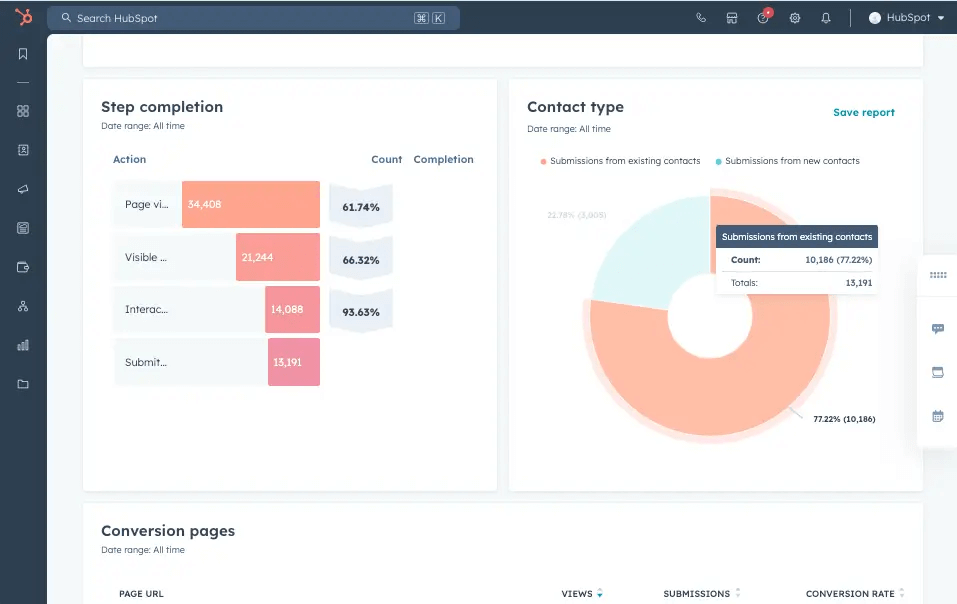
2. Organic Internet Marketing Optimization
Organic strategies aim to boost visibility and engagement without relying on paid ads.
- SEO optimization: Improving website structure, content, and relevant keywords boosts search engine rankings. This approach increases online presence and enhances organic search visibility for potential customers.
- Content marketing: Developing valuable, relevant content engages your target audience and keeps them returning. And that’s how you build long-term brand loyalty. Content campaigns tailored to address distinct stages in the buying journey strengthen brand visibility and improve engagement rates.
- Social media optimization (SMO): Optimizing social media profiles and content improves organic reach and user engagement. Engaging social media platforms with posts that align with the campaign objective builds a stronger online presence.
How to Optimize a Campaign? 7 Essential Tips
Optimizing a campaign requires a strategic approach that fine-tunes each element to achieve higher performance and meet your business goals.
Let’s explore nine essential tips by inBeat experts that can help you elevate your campaign performance:
1. Define Clear Campaign Goals and Objectives
Defining your campaign objectives gives structure to each stage of planning and implementation. This ensures that your every decision aligns with specific outcomes.
You can do this by:
- Objective clarity: Start by clearly outlining campaign goals, whether you're looking to increase conversions, boost engagement rate, or build brand awareness. Knowing the primary aim keeps efforts focused and supports informed decision-making.
- For instance, if the goal is to maximize conversion rates, strategies can be geared toward optimizing content, audience targeting, and bidding strategy.
- KPI selection: Choose KPIs that match the campaign’s specific purpose. KPIs such as ROAS, CTR, and CPA are essential for tracking campaign performance. Selecting relevant KPIs allows you to monitor progress and make real-time adjustments. To simplify this process, you can try inBeat.co’s free calculators for quick and accurate CPM, CTR, CPA, ROAS, and bounce rate calculations.
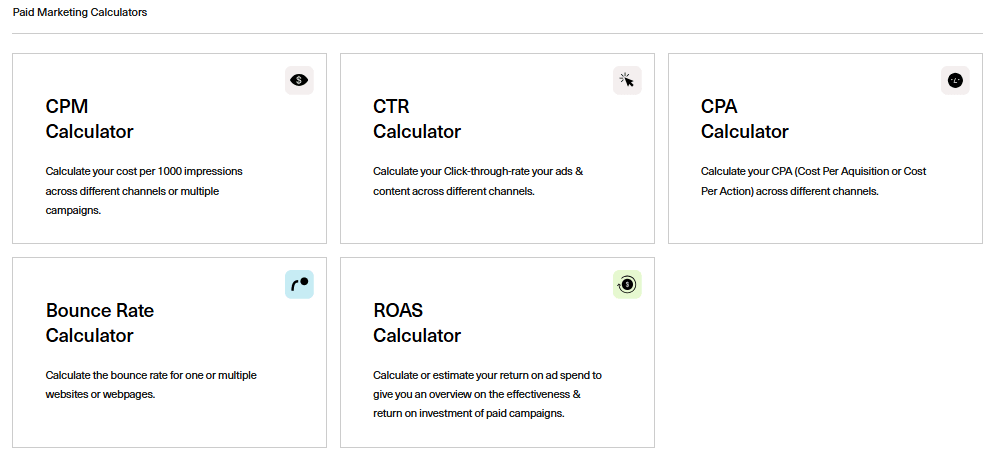
- Attribution models: Using attribution models helps in understanding how different channels contribute to conversions. Mobile measurement partners (MMPs), for example, track user interactions across devices and provide insight into which ads and channels are driving results.
Pro tip: Zero-click searches make attribution harder as users gather information without clicking through. To address this, use tools that capture user intent, like heatmaps or engagement tracking. At inBeat, we leverage creators for attribution. Their dedicated audiences provide clearer insights into campaign success, which bridges the attribution gap by driving trust and direct engagement with your brand.
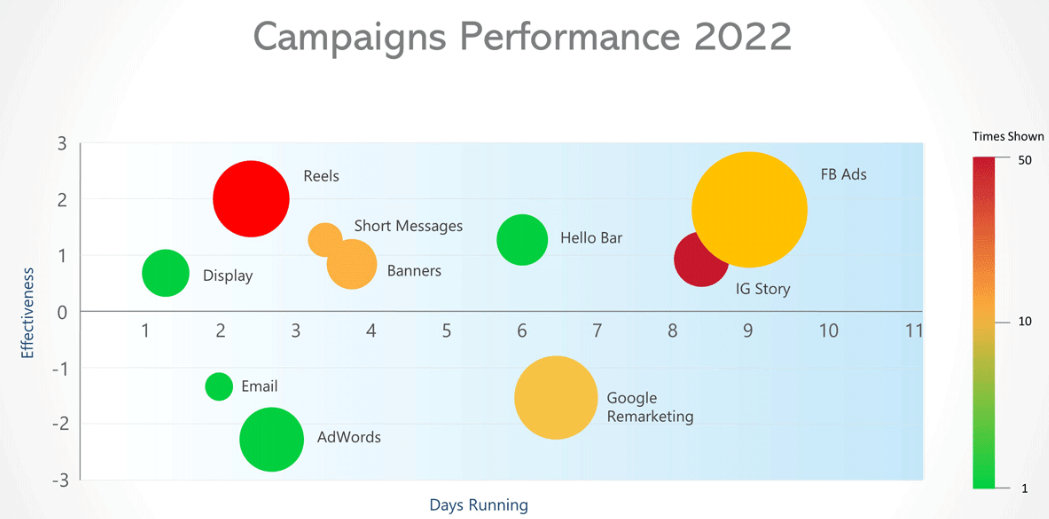
2. Refine Audience Targeting and Segmentation
To optimize campaign performance, audience targeting and segmentation are essential steps.
Refining these aspects allows you to reach your target audience more effectively, enhancing engagement rate and conversion rates.
Key strategies for precise audience segmentation and targeting are:
- Advanced audience segmentation: Use behavioral, geographic, and psychographic data to create precise audience segments. Identify characteristics like buying behaviors, interests, and location to target customer groups with tailored messaging. This segmentation enables you to build custom audiences that align closely with your campaign goals.
- Lookalike audiences: Implement lookalike models to reach potential customers who resemble your current audience. Leverage first-party data and analyze user behaviors to expand reach while maintaining relevance. This approach improves click-through rates and conversion rates by connecting with users likely to engage with your campaign.
- Negative keywords: Include negative keywords to filter out irrelevant search queries. This approach lowers bounce rates and controls budget impact from irrelevant traffic. Tools like Google Ads help ensure your ads reach genuinely interested users, which fine-tunes audience targeting and improves cost per acquisition.
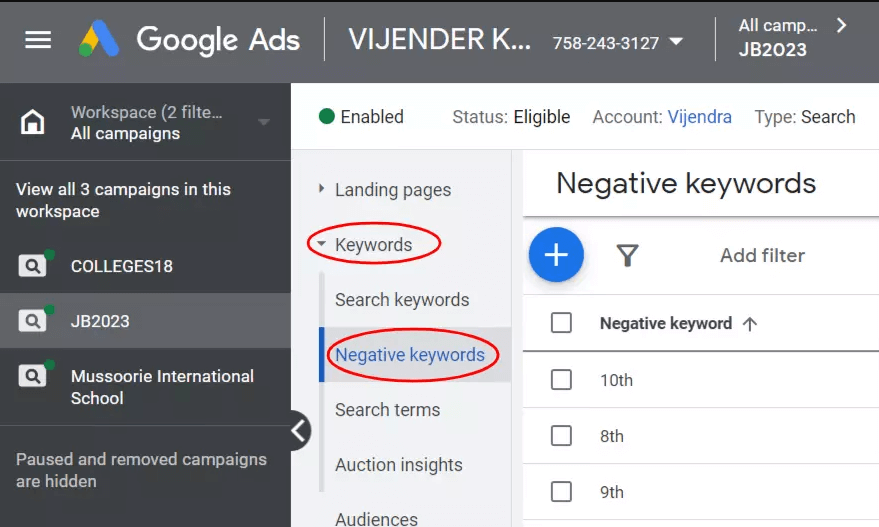
Pro tip: inBeat experts recommend regularly refreshing your audience segmentation data. Audiences shift as trends change, so updating your data on behaviors and interests keeps campaigns relevant and helps capture new, high-potential customers.
3. Optimize Creatives and Content Strategy
Optimizing creatives and content is key to attracting your target audience, boosting engagement, and improving conversion rates.
Some essential strategies for enhancing campaign effectiveness are:
- Influencer partnerships: Partner with marketing-savvy influencers to extend your reach effectively. Influencers with a deep understanding of audience engagement work as an extension of your marketing team that helps drive authentic interactions and boost campaign success.
- Test ad copy: Regularly test your ad copy to ensure that your messaging resonates with the audience. Experiment with different phrases and tones to refine campaign strategies and support better click-through rates across platforms like Google Ads and social media.
- Creative variations: About 77% of marketers use A/B testing on landing pages, emails, and PPC ads, with 85% testing call-to-action buttons. Testing different hooks, visuals, and CTAs across channels helps identify what resonates best with your audience.
For example, inBeat Agency's team ran A/B tests on creative variations, using different hooks, CTAs, and visuals for our client, Genomelink. This strategy tackled rising CPAs and creative fatigue by keeping a steady pipeline of 5-10 high-performing UGC videos.
As a result, we achieved a 73% decrease in CAC, a 124% increase in registration completion, and a 27% drop in cost per registration, which kept Genomelink’s audience engaged and significantly boosted campaign performance.
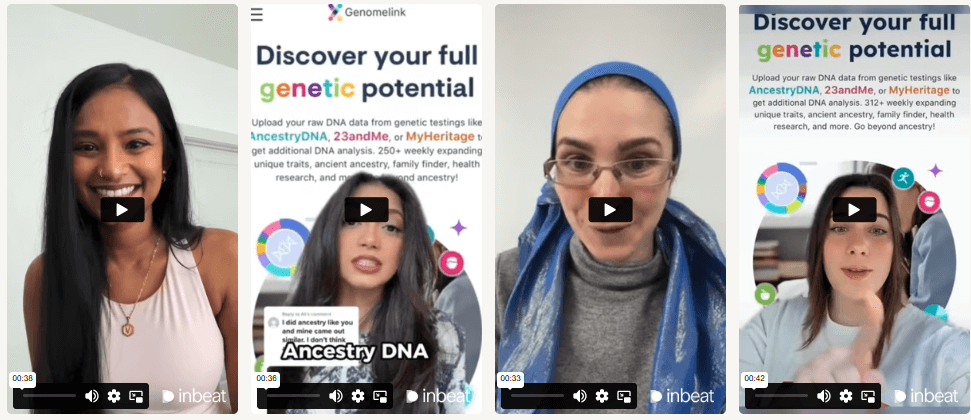
Pro tip: Use ad mockup generators to visualize and test different ad formats before launching. For instance, inBeat.co’s free ad mockup generator shows exactly how your creative variations will appear across platforms. This helps refine design and messaging, creating more effective, engaging ads that align with your campaign goals.
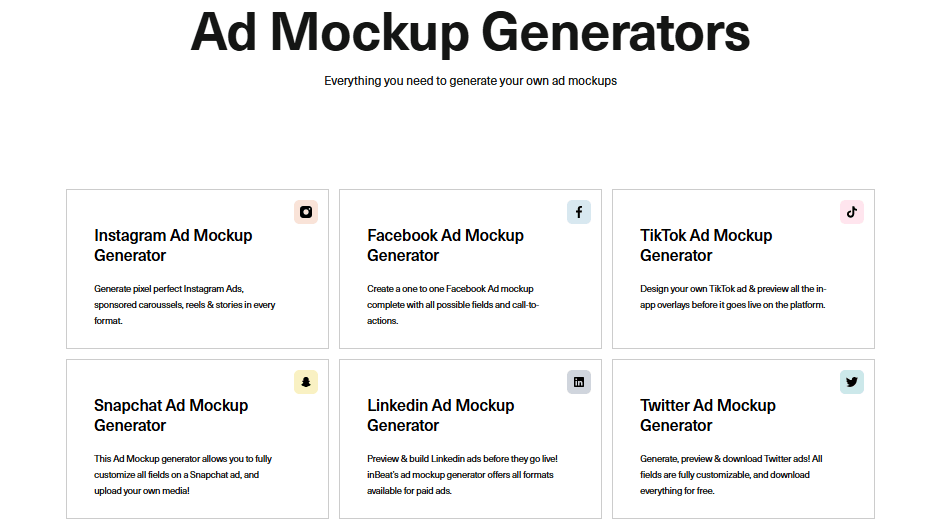
4. Adjust Bidding and Budget Allocation
Optimizing bidding strategy and budget allocation is essential to maximizing campaign performance and controlling costs.
Some effective strategies to consider are:
- Automated vs manual bidding: Choose automated bidding for efficiency or manual bidding for more precise control. Google Ads has some good automated strategies that adjust bids in real-time. But we would also like to add some manual bidding because we have more control over each bid to align with campaign goals.
- Budget Reallocation: We regularly review campaign performance and reallocate funds to high-ROI segments or effective target keywords. This ensures our potential budget constraints don’t limit conversions because our resources are directed toward successful campaigns. The result is reducing underperforming placement
- Bid adjustments: Adjust bids based on time-of-day performance, device type, or conversion trends to align with customer behaviors. We frequently increase bids during peak times to boost click-through rates and lower bounce rates. Besides, focusing on the lowest cost opportunities improves cost per acquisition.
Pro tip: At inBeat Agency, we gradually increase bids on high-performing segments to monitor incremental gains. This approach ensures investments are directed toward the most effective segments and helps us maximize ROI without risking overspend.
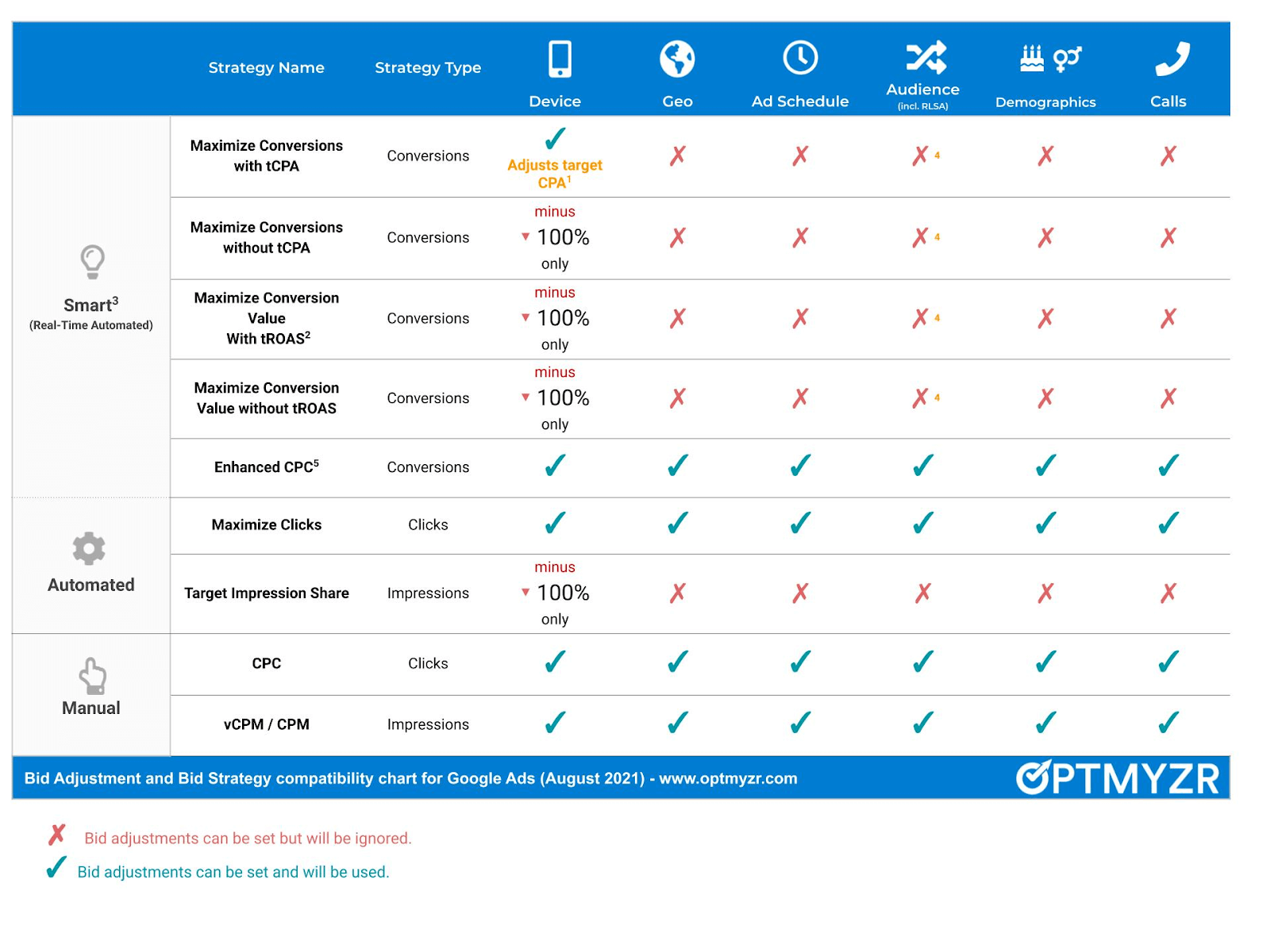
5. Diversify Channels and Media Formats
To reach a broader target audience and enhance campaign performance, we advise you to diversify both the channels and media formats used in your marketing strategy.
A varied approach increases engagement rates, strengthens brand visibility, and ultimately boosts conversion rates.
Let’s see how you can implement this approach effectively:
- Multichannel strategy: Run campaigns across social media, search engines, display networks, and video platforms to keep your brand visible to potential customers. Engaging users on their preferred platforms enhances click-through rates and increases the impact of your marketing campaigns.
- Varied media types: Mix content types like video, text, and images to capture attention and appeal to different user preferences. Use videos for quick, engaging messaging, while text and images encourage user interaction. This variety helps reduce bounce rates and strengthens your online presence.
- Retargeting and remarketing: Set up retargeting campaigns to re-engage users who have previously interacted with your brand. Reconnect with high-intent users to encourage them to complete desired actions. Retargeting keeps your brand in view and supports the customer journey through repeated touchpoints.
Pro tip: At inBeat Agency, we test channel and media combinations to find the most impactful mix for your audience. For example, pairing video ads on social media with retargeted display ads can drive higher engagement and conversion rates by keeping your brand top-of-mind across multiple touchpoints.
6. Optimize Landing Pages for Conversions
Landing page optimization is essential to maximize conversions and provide a smooth customer journey.
An optimized landing page aligns with your campaign objectives, improves engagement rates, and reduces bounce rates, particularly on mobile devices.
The below tips can help you fine-tune your landing pages:
- Mobile-first design: Ensure landing pages are optimized for mobile users, as over 58% of internet traffic comes from mobile devices. A mobile-friendly design reduces bounce rates and keeps potential customers engaged which helps improve conversion rates and campaign success.
- Conversion rate optimization: Test various elements like CTAs, form length, and page layout to identify what drives the highest conversions. For example, shortening forms can improve conversions by 8 to 50% for each field you remove, while clear CTAs guide users to the desired action.
- Pre-landing pages: Use pre-landing pages to introduce leads before they reach your main page, setting expectations and warming up high-intent users. Pre-landers help reduce bounce rates by engaging users early in the buying journey and guiding them toward conversion.
Pro tip: We recommend A/B testing different landing page elements separately for desktop and mobile. This approach lets you pinpoint the most effective design and CTA combinations for each device which maximizes engagement and conversions without a one-size-fits-all approach.
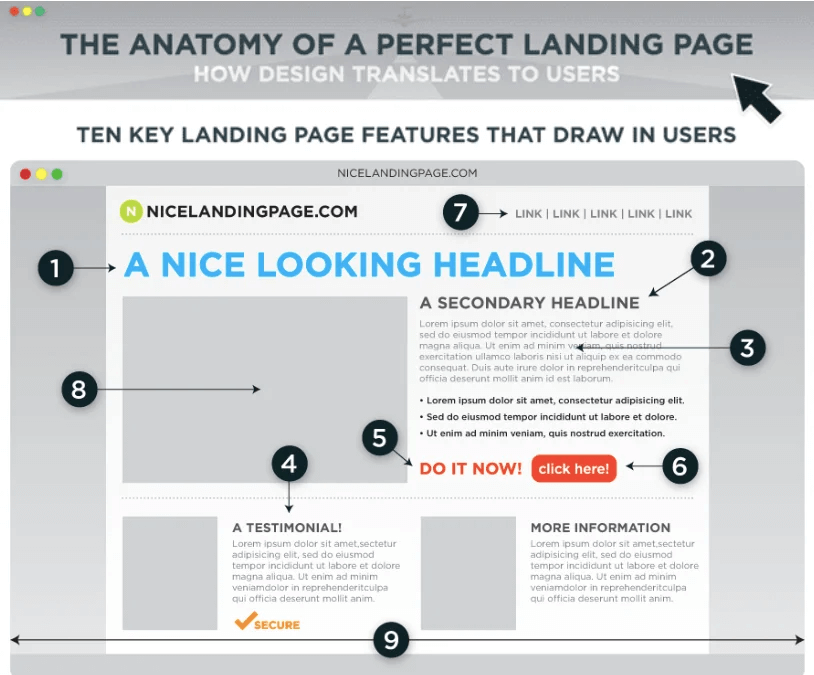
7. Monitor and Use Data for Real-Time Adjustments
Tracking data and making timely adjustments are essential to keeping campaigns aligned with your marketing goals.
Use analytics tools to gather insights on audience behavior and campaign performance to make informed decisions.
Key ways to stay data-driven and responsive are:
- Data collection: Use tools such as Google Analytics to track audience interactions, click-through rates, and overall campaign performance. This data reveals patterns in user engagement and helps identify where campaign strategies may need refinement.
- Analyze performance: Regularly review performance metrics to spot opportunities for improvement, such as underperforming placements or high cost-per-acquisition segments. Focus on these insights to adjust campaigns effectively, improving conversion rates and supporting campaign success.
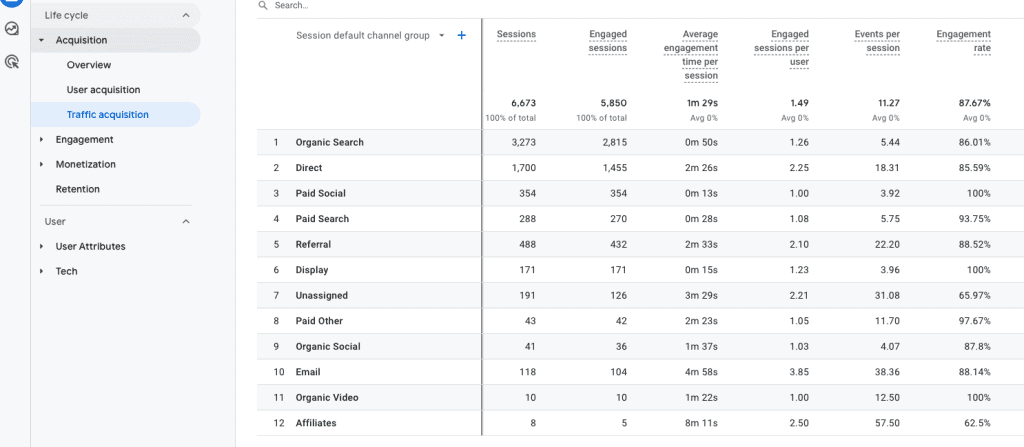
- Align with customer journey: Tailor campaigns to match different stages of the customer journey—awareness, consideration, and decision. This ensures each audience segment receives relevant messaging which boosts engagement and increases the likelihood of conversions.
Pro Tip: Our inBeat team sets up automated alerts for key metrics like click-through rates, cost per acquisition, and bounce rates. These alerts catch performance shifts immediately and enable us to make timely adjustments that keep campaigns on track and aligned with your marketing goals.
Maximize Your ROI with inBeat’s Data-Driven Campaign Optimization
Campaign optimization is the key to turning ads into meaningful, results-oriented experiences for your audience.
Through strategic targeting, creative testing, and mindful budget allocation, each campaign becomes more than just an ad, it becomes a powerful touchpoint that engages and converts.
Leveraging these techniques will set your campaigns up for long-term success, maximizing ROI and making each marketing effort count.
Key takeaways:
- Campaign optimization refines every element of a campaign to achieve specific goals and improve effectiveness.
- Benefits include increased ROI, better targeting, reduced wasted spend, and enhanced user experience.
- Set clear objectives and KPIs to ensure that each campaign action aligns with your specific business goals and measurable outcomes.
- Apply audience segmentation techniques, including lookalike models and negative keywords, to reach relevant users and reduce bounce rates.
- Conduct creative testing through A/B tests and influencer partnerships to boost engagement and identify effective campaign elements.
- Adjust bids and budget allocations to maximize cost efficiency and performance by focusing on high-ROI segments for stronger results.
- Diversify channels and media formats to broaden reach and boost engagement across social media, search engines, and display ads.
- Use real-time data analysis and budget reallocation to optimize campaigns, track customer behavior, and maintain alignment with campaign goals.
If you want to take your campaigns to the next level, inBeat Agency offers expert support in crafting data-backed, performance-oriented strategies. With a blend of paid media and influencer marketing, we help brands achieve real growth and measurable success.
Book a FREE Strategy Call Now to scale your brand with tailored, impactful campaigns!
Read Next:

